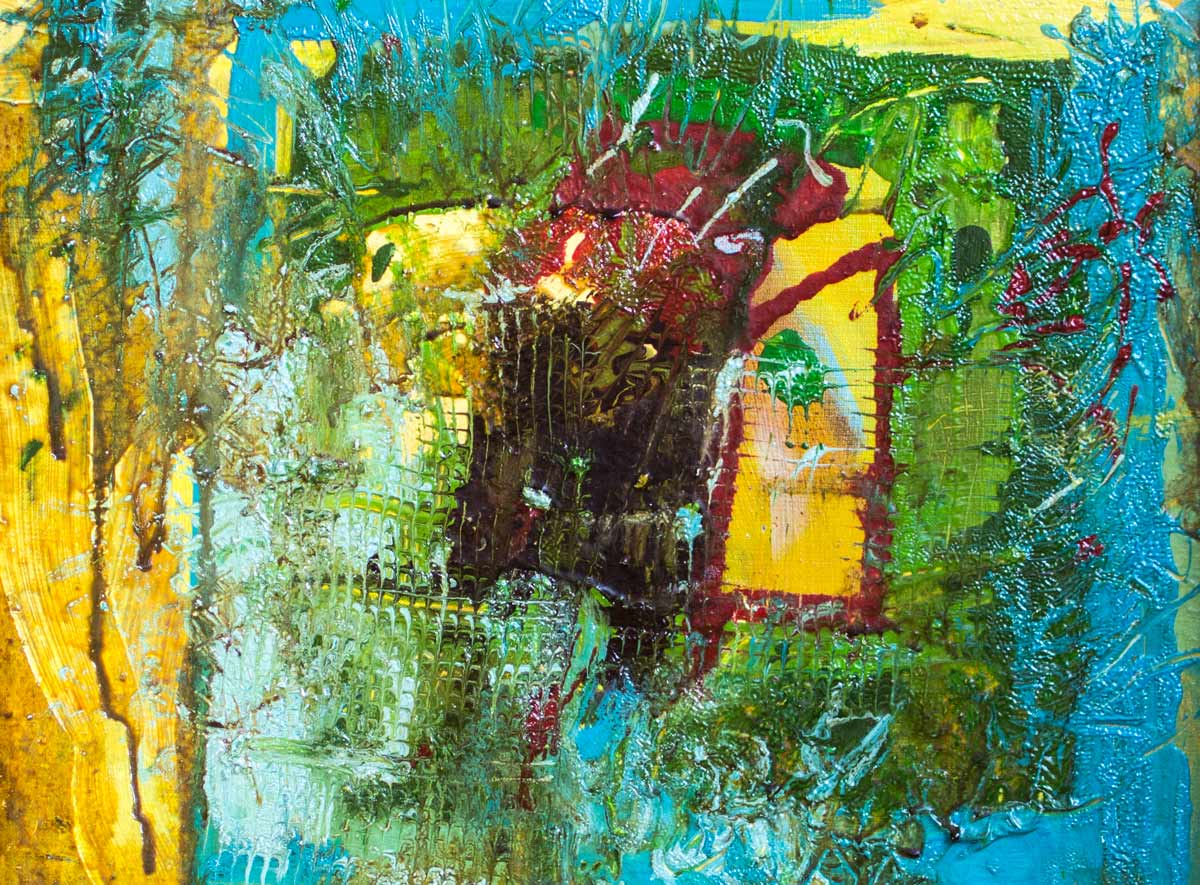I begun my study of fine art painting when I was 15. I went to a Russian style academy in Belgrade (Fine Art Faculty at the Belgrade Uninivesity of the Arts, and also the Cetinje Academy, University of Montenegro. These courses last 5 years, as opposed to the 3 year equivalents in UK. These schools were modeled losely after the Munich Academy of the early 1900’s. Such a knowledge-transfer trjectory as my profesors’ were taught by German Expressionists, and the Russian Avantguarde during the early 20th century. These artists emphasized the importance of studio practice, drawing in charcoal daily, for at least 4-5 years before touching tempera, let alone oils. Oil painting was not allowed before the 3rd year, and generally not done much before the 4th.
On the technology side, at these academies best practices were laid out by a 14th century author and painter Cennino d’Andrea Cennini, and his Il libro dell’arte and in order to pass 1st year exams one had to be know it word by word.. Yes, they actually had exams in techonolgy and chemistry related susbjects within Fine Art courses.
First and second years were heavily dominated by learning medical anatomy, using the same curriculum used at medical schools. Modernists, wil point out that this is all at outdated reinessance practices, but painting technology hasn’t really changed at all since then. Unless you consider acrylics as artist materials, they have as pigment mediums only been in use 20 years. Artists’ pigment recepies havent changes for hundred years. However, I have to admit that knowledge of human anatomy is irrelevant to most fine arts, today. I don’t even want to mention the amount of time spent learning medieval fresco painting in egg tempera, it boggles the mind, as thee most technically demanding painting discipline.
Meanwhile In London..
On the other side of the east- west divide, over in London, I studied Fine Art Painting at the Central St Martins College of Art. This school at the still a good reputation built by Sir Anthony Caro in the ’70. However, ‘post-modern schools’ teach a post-modern ‘curriculum’. When began my course there, I was doing figurative oil painting, to everyones amazement. Eventually, after acouple of years abstraction crept in.

After college, as a digital designer, I illustrated oftent, now I only do realist watercoulours. Instead of making canvases up to 2 metres tall, saturated with oil mediums and pigment, I churn out little watercolours. I suppose an entrance that doubles up as a piss stained male phallus that is inviting the ‘post-modern’ art world to hop on and impale itself..
